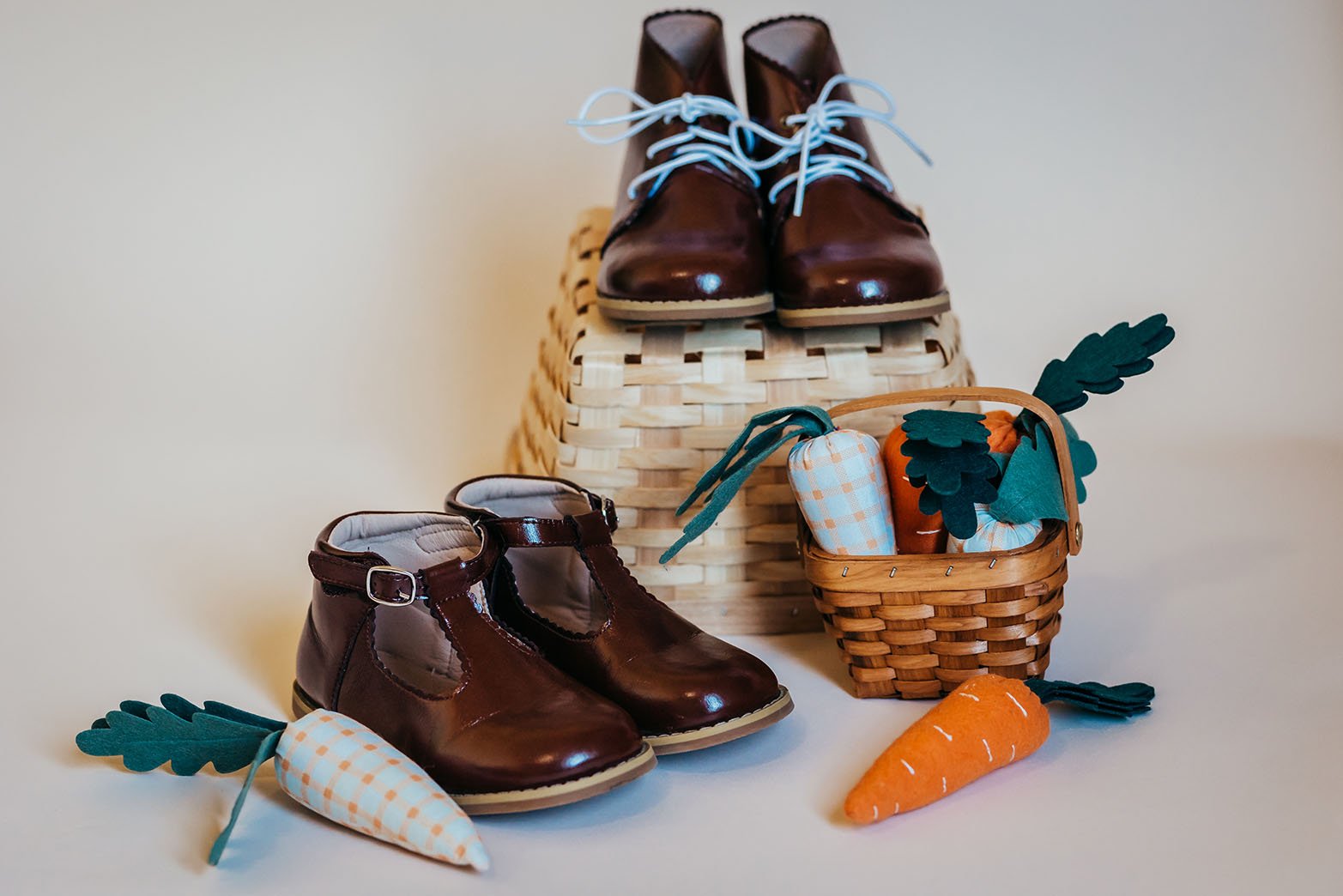We have different lining options. You can find the material of your shoes in the description of your shoes. Here’s how to take care of each:
1. Sheepskin
You can clean with a small amount of water with a cloth or sponge, and then dry it in a cool, ventilated place. You have to be very careful, because the skin should not get wet. You can apply moisturizing cream, so you can better maintain.
2. Denim microfiber
You can clean them with a soft cloth or sponge and water or soap (if dirty, you can wash under the faucet) , and then leave them to dry in a cool, ventilated place because the microfibers are absorbent. Do not leave them in the sun or wash them in a washing machine. Consider frequent washing for possible discoloration.
1.3 waterproof leather
You can clean them with a soft cloth or sponge and water or soap (in small amounts if dirty to avoid too much foam) . Waterproof treatment means the surface does not absorb water, so if you accidentally jump into a puddle or get a little wet, your skin will not be damaged. However, they can not dip into puddles or replace traditional rubber shoes because water can enter through seams, closures or elastic bands.
If they are dirty, put them in the washing machine and wash them gently in cold water, without rotating them. When taken out, the paper should be put into it and dry in a cool place to form the original shape.
